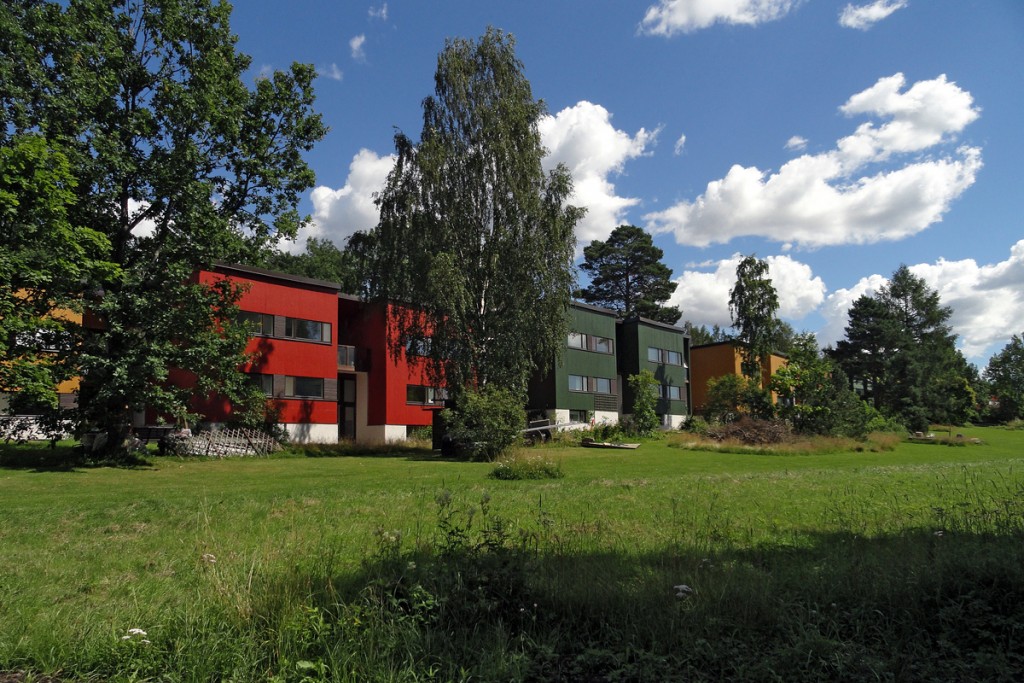Finnish 40 MW district heating project to be operational in 2017
IIF: "Otaniemi plant will recover the investment in about five years and has an estimated lifespan of 30 years. The plant will go into commercial production in 2017"
Finland’s first industrial-scale geothermal pilot plant is now under construction in Espoo in a joint project by the Finnish energy companies Fortum and St1. Finland’s bedrock is one of the oldest and thickest in the Eurasian continent and geothermal energy could provide an important energy source for district heating networks and energy guzzling data centers in the future.
Pilot drilling to a depth of 2km is currently underway at Fortum’s plant in Otaniemi. Following a geological survey, two holes will then be drilled to a depth of 7km. The principle behind the geothermal plant is simple: water is fed into one of the holes to a depth of 7km and it warms up to a temperature of 120 degrees as it rises up through the other hole. The heated water goes through a heat exchanger at the plant and then directly into Espoo’s district heating network.
New plant will pay for itself in 5 years
The plant is estimated to have a production capacity of up to 40 megawatts of geothermal heat energy. With that output, Fortum can provide heating for about 20,000 households in the Espoo region, which is about 10% of the city’s district heating needs. The Otaniemi plant will recover the investment in about five years and has an estimated lifespan of 30 years. The plant will go into commercial production in 2017.
The first geothermal plants were built in Paris in the 1980s and the sector is still fairly young in terms of research. The next steps in geothermal R&D are concerned with increasing the lifespan of the plants and developing the technology for electricity production and drilling. Since no fuels are used in geothermal heat production, the plants do not generate any emissions into the atmosphere.
Boosting employment and emissions-free production
The geothermal plant developed by Fortum and St1 only required a drilling permit from the City of Espoo. The construction know-how for a fully emissions-free heat production plant is easily transferable and the technology could also be replicated in underground heat production plants or data centers. This would also ease land use issues in densely built-up areas and support the big cities’ objectives for pursuing carbon neutrality.
The pilot project has already attracted widespread interest in Finland which has 350 operating district heating networks. ”The nearest places with know-how in this sector are Germany and France,” says Tero Saarno, production manager at St1’s company Deep Heat Oy. He believes that the geothermal heat production activity will now expand to the other Nordic countries.
Added encouragement for the spread of renewable energy is provided by the Industrial Emissions Directive (IED) which will come into force at the beginning of 2016, and the introduction of new regulations for small incineration plants starting on 1.1.2018. The new technologies are of great interest to old industrial plants that will not comply with the new environmental norms unless they make some changes.


















